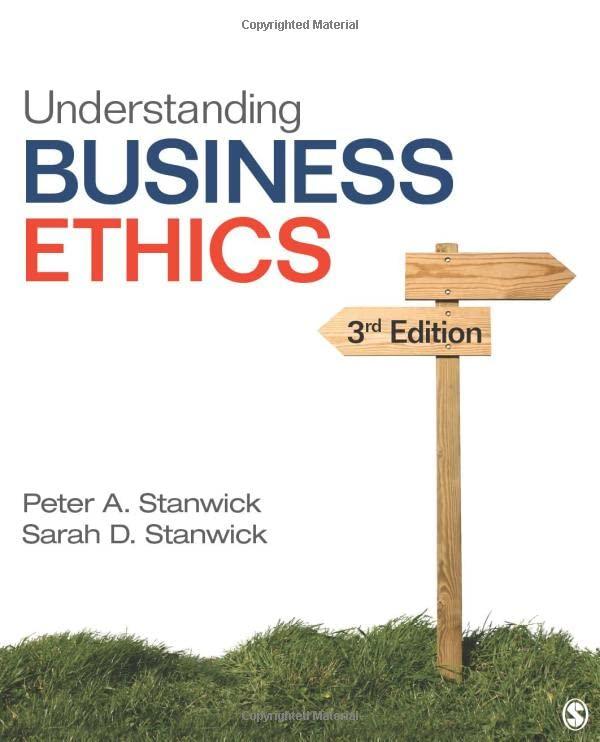Question
While no one would argue that college football is big business on many campuses, a decision made by the NLRB a few years ago might
While no one would argue that college football is "big business" on many campuses, a decision made by the NLRB a few years ago might have led players to be treated as employees first—and students second. Athletes on scholarship at Northwestern University in Chicago asked the NLRB to determine their right to organize a labor union. Their rationale was that individuals often spend the majority of their time on the football field doing the required "work" that it takes to be an outstanding player (well over 40 hours a week in many cases), as opposed to completing their schoolwork. The athletes also hoped to negotiate some of the extensive costs associated with attending Northwestern, including health benefits, travel for home visits, utility expenses, mobile phone bills, and so forth.
The ensuing decisions were conflicting. An initial ruling by the regional director of the NLRB allowed college athletes on scholarship to organize at private universities. However, the full labor board in Washington, DC, overturned the regional director's decision, claiming that such a move does not "...promote stability in labor relations across the league." The board therefore avoided specifying that players on football scholarships are actually employees who are covered by the National Labor Relations Act. The NLRB in a separate and subsequent ruling asserted that certain rules found in the Northwestern team handbook were "unlawful" because they unfairly controlled players' speech and expression. These cases indicate that college football players remain students rather than employees who are eligible to form a labor union. If they play at private institutions, however, they may enjoy certain private-sector rights.
But the issue of unionization at college campuses continues to gain steam, even though public institutions do not fall under the purview of the NLRB. In a case involving individuals attending Columbia University, the NLRB ruled that graduate students employed at private universities, as well as undergraduate students who are given some teaching-related duties, are considered employees and can seek union representation; graduate students at the school voted overwhelmingly to unionize. In a hotly contested voting process, a majority of graduate students at Harvard University also decided in favor of forming a union. Further, Richard Griffin Jr., General Counsel for the National Labor Relations Board, wrote a memo indicating that scholarship football players and students functioning in various assistant, intern, and resident roles at private institutions of higher education should be able to seek union representation. While the remarks made in the memo are not legally binding, they could encourage students at other private colleges and universities to seek out union support. However, changes to the administration and the makeup of the NLRB may reverse some of these trends.
QUESTIONS
1. What are your opinions about the push for unionization among student-athletes and graduate students at private universities and colleges? Do you think they have a strong case?
2. Do you think that unionization at private schools would create any unfair advantages about recruiting talented athletes and students? What should officials at public and private schools do to mitigate some of these potential disparities?
Step by Step Solution
There are 3 Steps involved in it
Step: 1
Opinions on StudentAthlete and Graduate Student Unionization 1 Arguments for Unionization Fair Compensation Studentathletes generate significant reven...
Get Instant Access to Expert-Tailored Solutions
See step-by-step solutions with expert insights and AI powered tools for academic success
Step: 2

Step: 3

Ace Your Homework with AI
Get the answers you need in no time with our AI-driven, step-by-step assistance
Get Started


